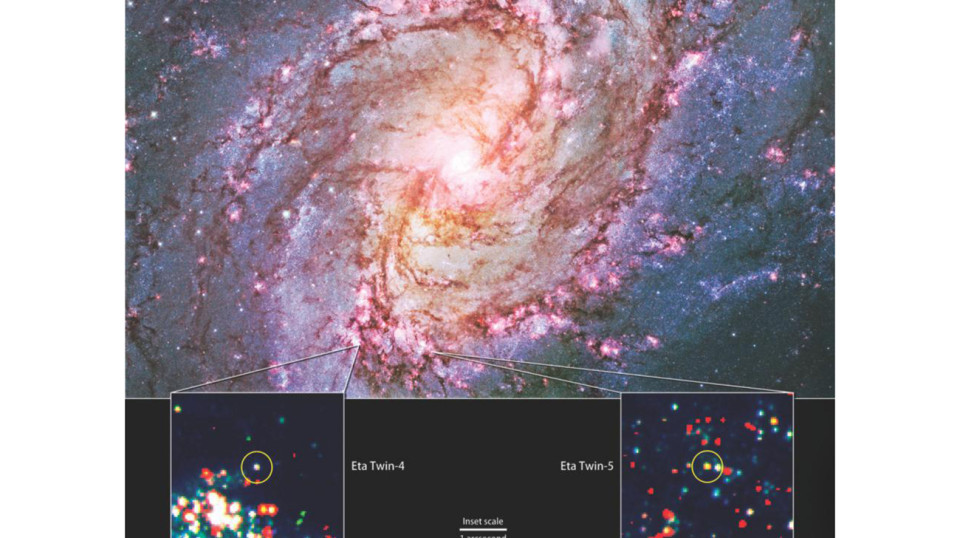When historians look back on the 21st century, 2016 has surely got to be in the running as one of the most memorable, certainly from a news perspective. From Brexit and the election of Donald Trump to the numerous stars who have passed away, it has been a busy 12 months. Here, we look back at the biggest stories of the year.
Looking Back at 2016
Star Online Report
Published Dec 27, 2016

 Rubab Khan. Photo: Collected
Rubab Khan. Photo: Collected
 (Top) Hubble view of M83 -- the galaxy that possibly hosts two potential "Eta twins". Its high rate of star formation increases the chances of finding massive stars that have recently undergone an Eta Carinae-like eruption. (Bottom) Hubble data showing the locations of M83's Eta twins. Photo: Nasa
(Top) Hubble view of M83 -- the galaxy that possibly hosts two potential "Eta twins". Its high rate of star formation increases the chances of finding massive stars that have recently undergone an Eta Carinae-like eruption. (Bottom) Hubble data showing the locations of M83's Eta twins. Photo: Nasa
 Selim Shahriar. Photo: Collected
Selim Shahriar. Photo: Collected
 The detected gravitational waves came from the merging of two distant black holes. Photo: Collected
The detected gravitational waves came from the merging of two distant black holes. Photo: Collected
 Pieter Abbeel, Hillel Adesnik and Sayeef Salahuddin are the campus’s newest Presidential Early Career Award recipients. Photo: Collected
Pieter Abbeel, Hillel Adesnik and Sayeef Salahuddin are the campus’s newest Presidential Early Career Award recipients. Photo: Collected
 From left, Computer science professors Irfan Ahmed, Md Tamjidul Hoque and Shengru Tu recently have been awarded more than $500,000 in grants combined. Photo: Collected
From left, Computer science professors Irfan Ahmed, Md Tamjidul Hoque and Shengru Tu recently have been awarded more than $500,000 in grants combined. Photo: Collected













 Apple iPhone 7, iPhone 7 Plus have been announced and the camera is the highlight of the event. Photo: Reuters
Apple iPhone 7, iPhone 7 Plus have been announced and the camera is the highlight of the event. Photo: Reuters  Motorola’s new Moto Z phones double as projectors and high-powered speakers.
Motorola’s new Moto Z phones double as projectors and high-powered speakers. 










